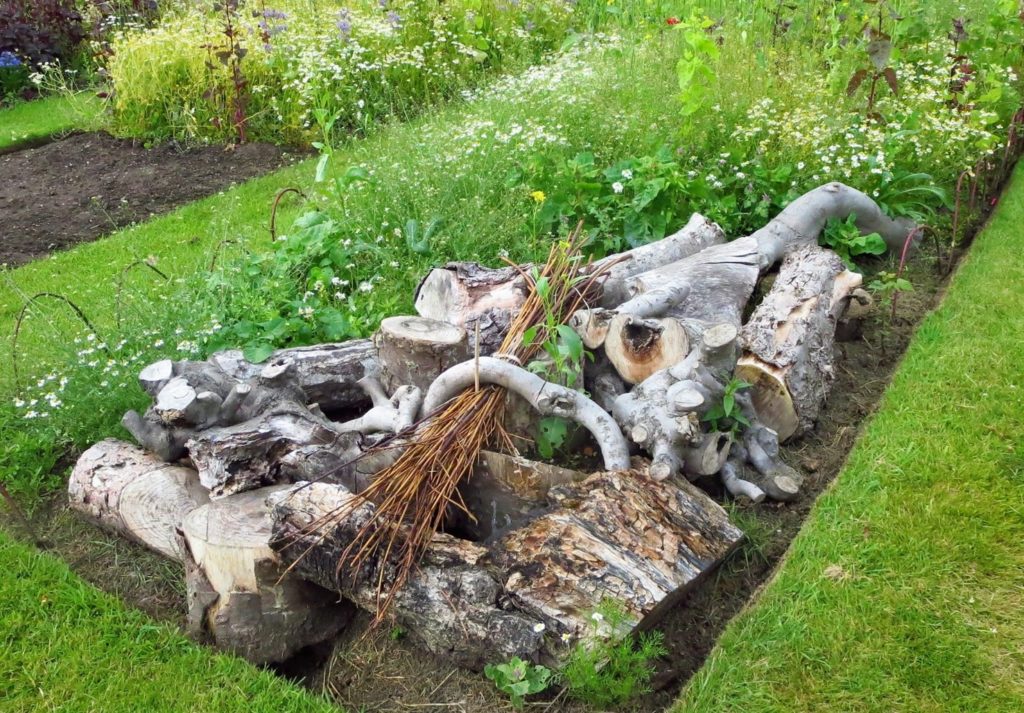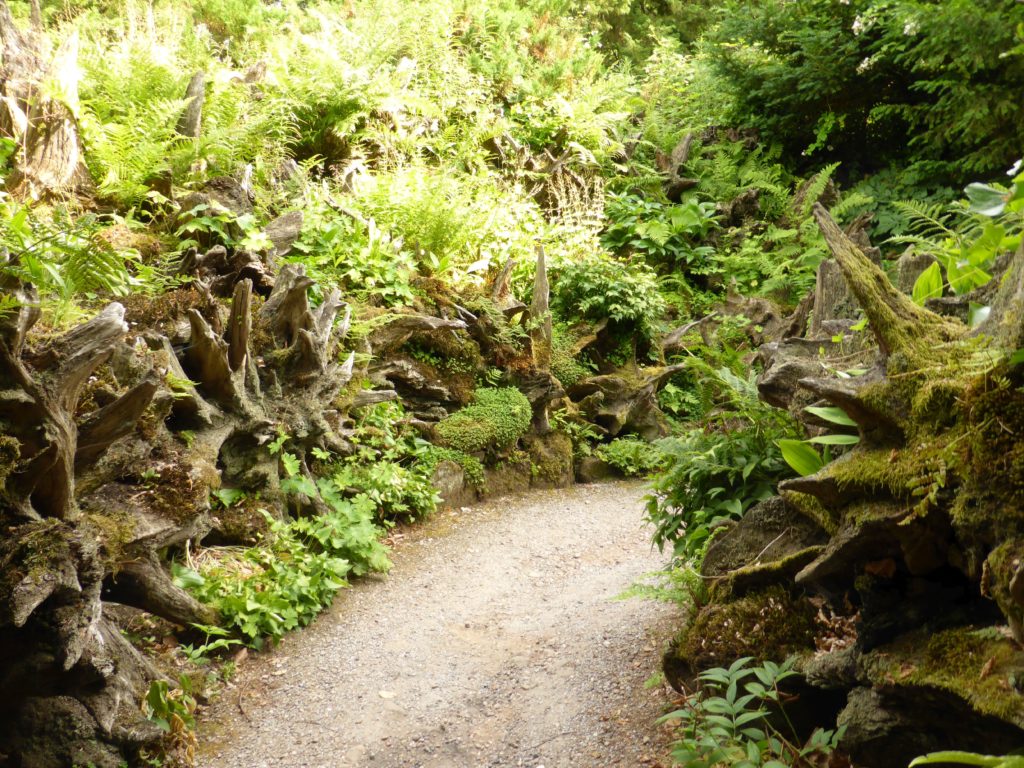
Rebecca Cross | BSc Horticulture with Plantsmanship | October 2022
History of stumperies
The stumpery became known as a garden feature in the Victorian era. Though its origins could be suggested as far back as the eighteenth century with the Picturesque movement. Two key figures during this time were Uvedale Price and Richard Payne Knight; both defined the Picturesque as a quality between the ‘sublime’ and the ‘beautiful’. These terms were often visualised in landscapes and gardens by using irregular compositions of jagged rocks and stumps to make rustic structures, e.g., rockeries and ‘rooteries’, the latter is considered a predecessor to the stumperies of the Victorian era. One of the earliest references to stumps and roots being used as a garden feature was by Jane Loudon in The Ladies’ Companion to the Flower Garden in 1841 where she refers to it as root-work.
The nineteenth century saw one of the most wide-reaching and long-lasting obsessions of the Victorian era reach its height: the fern craze also known as pteridomania. This fashion was not restricted to horticulture and permeated many other aspects of culture. These ranged from textiles and interior furnishings to ceramics and glassware lavishly decorated with fern themes. Evidence of this can still be seen today on the custard cream biscuit where the curls represent fern croziers. During the height of Pteridomania, stumperies were a popular way of displaying ferns and were created in many gardens, although only a few survive to present day; their popularity waned in the twentieth century along with the fern craze.
An example of a recreated stumpery can be seen at RBGE. The Woodland Garden once contained an extensive stumpery, though interestingly named a rootery. During the recent renovation of the Lower Woodland Garden, a stumpery was incorporated into this area once more as a visual representation to reflect the history of the garden and as a feature to display woodland plants.
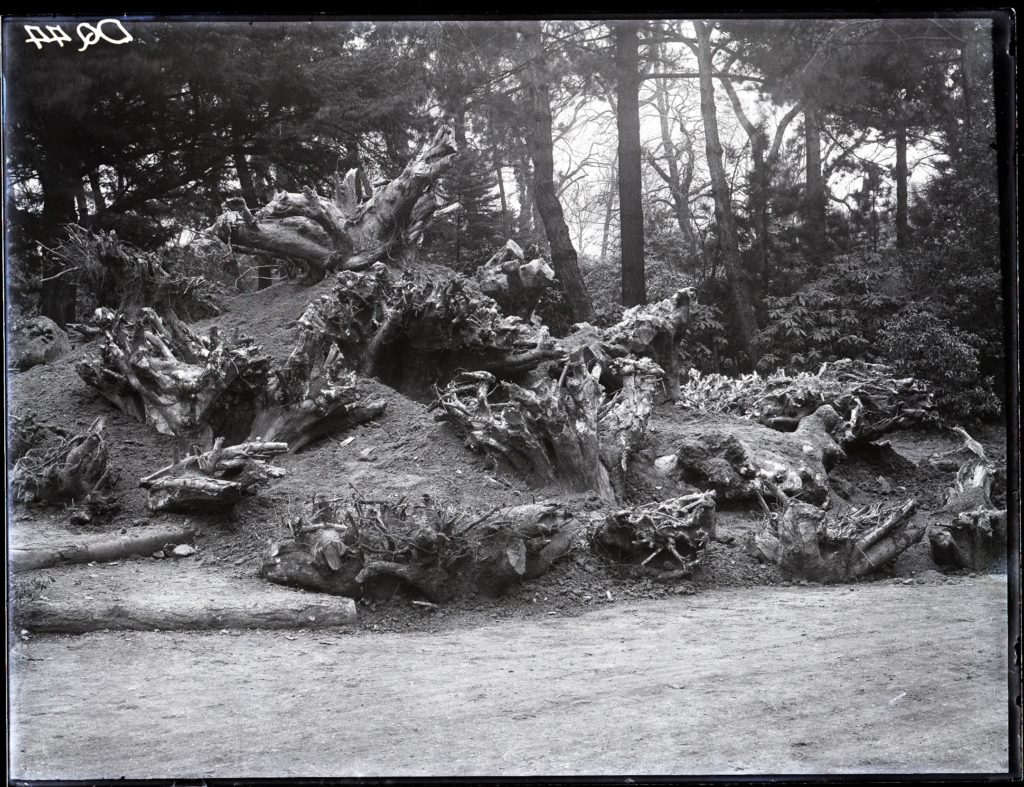
The darker side of Pteridomania
The darker side of the Victorian fern craze was the overcollection of many ferns from the wild. One example of this is a British native fern species, Woodsia ilvensis, the oblong woodsia. This evergreen fern is also found in North America and Northern Eurasia but is endangered in Britain and suffered irreversible decline due to over-collecting. Today, there are around 100 oblong woodsia plants remaining in wild populations: three sites in Scotland, two in Wales, and one in England. The RBGE Scottish Rare Plants Programme has worked on reintroductions of the oblong woodsia: you can find more on fern conservation at RBGE here.
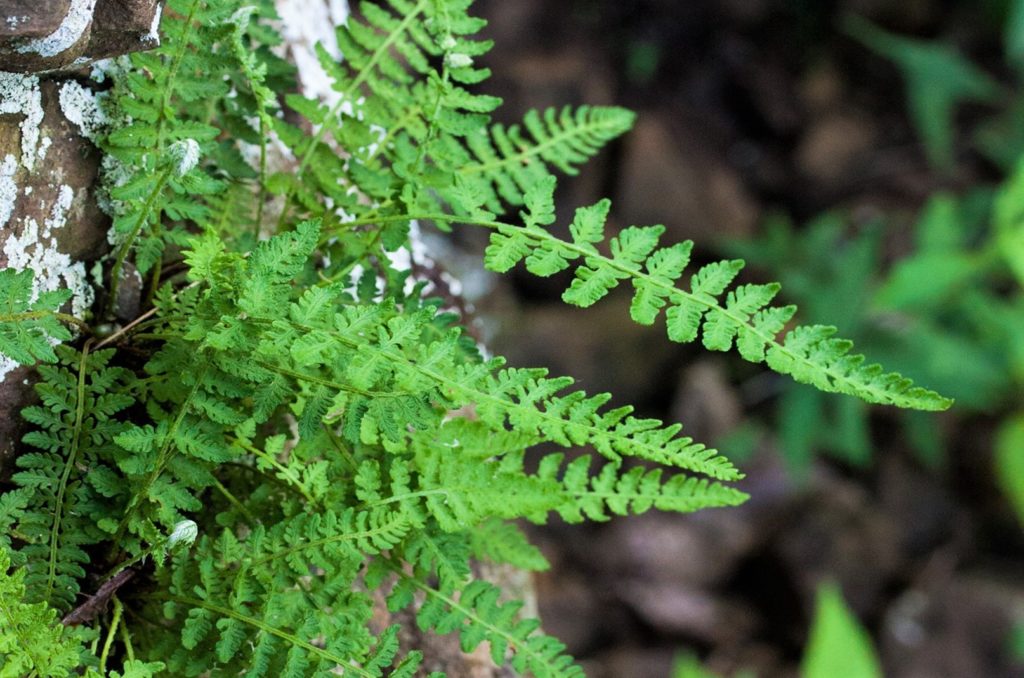
Famous stumperies
Biddulph Grange
The oldest, and perhaps most famous, stumpery in Britain was created at Biddulph Grange in Staffordshire, designed by James Bateman and Edward William Cooke in 1856. Bateman and Cooke were almost certainly inspired by the ‘rooteries’ in the years before their creation of the Biddulph Grange stumpery. The National Trust took ownership of Biddulph Grange in the 1980s and began restoring the garden, including the stumpery. The stumpery is constructed from stumps piled on top of each other around 4 metres high, to enclose a sunken pathway allowing you to immerse yourself entirely. This path leads to other areas of the garden contrasting in style. A variety of ferns and shade-loving plants are grown, including mosses.
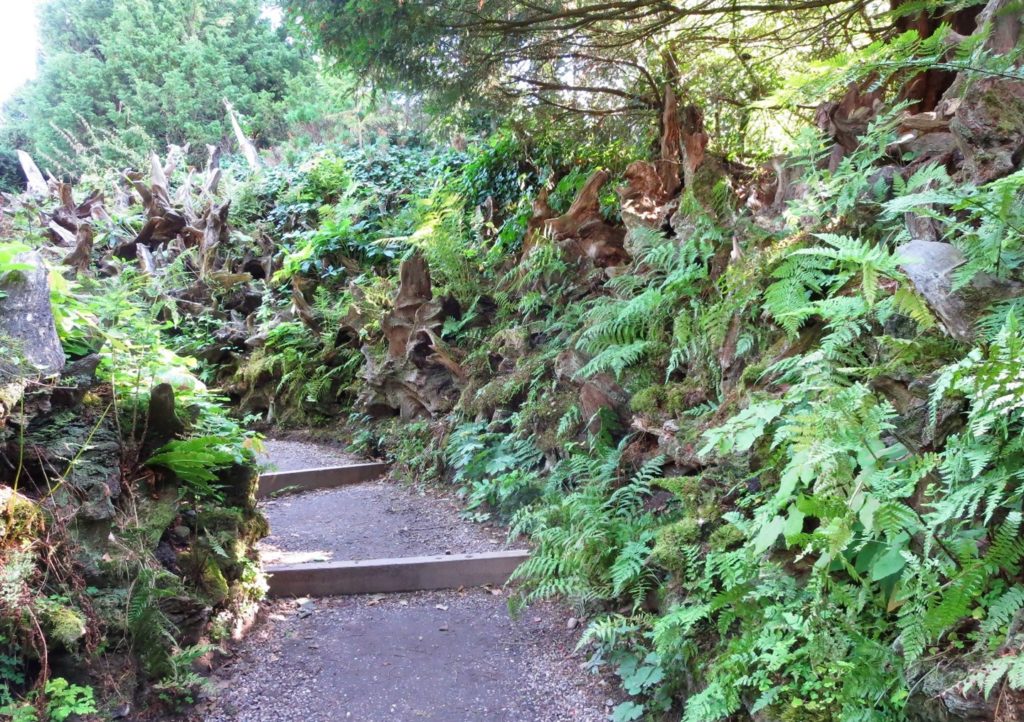
Highgrove House & Gardens
The stumpery at Highgrove House and Gardens in Gloucestershire, a private residence of his Majesty Charles III and his Queen Consort Camilla, is considered the largest stumpery in Britain. The stumpery was created in 1996, a collaboration between His Majesty and designers Julian and Isabel Bannerman. Around 180 stumps of largely sweet chestnut were used to construct the stumpery, with stumps stacked on top of each other to frame the various pathways and as stand-alone structures in the island beds. King Charles III is passionate about hostas, with a National Plant Collection of Large and Giant-leaved specimens, and a stumpery provides the perfect place to display hostas as well as other shade-loving plants.
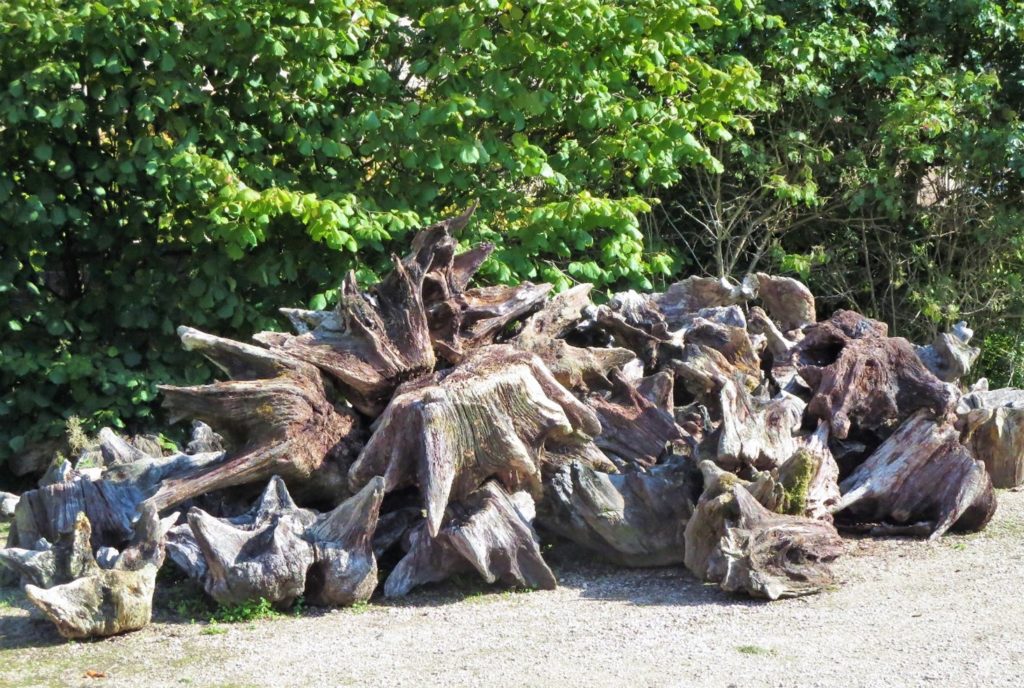
Benefits of stumperies
Stumperies may be regarded as an eccentric, Victorian oddity, but, as a garden feature, they have many benefits:
- an effective and engaging way to display woodland plants and an opportunity to showcase non-vascular plants such as bryophytes and lichens
- promote native plant conservation and highlight the darker side of the fern craze which resulted in many ferns taken from the wild
- environmentally-friendly method to repurpose old, healthy tree stumps.
- provide valuable homes for wildlife and fungi, as well as creating micro habitats for plant display
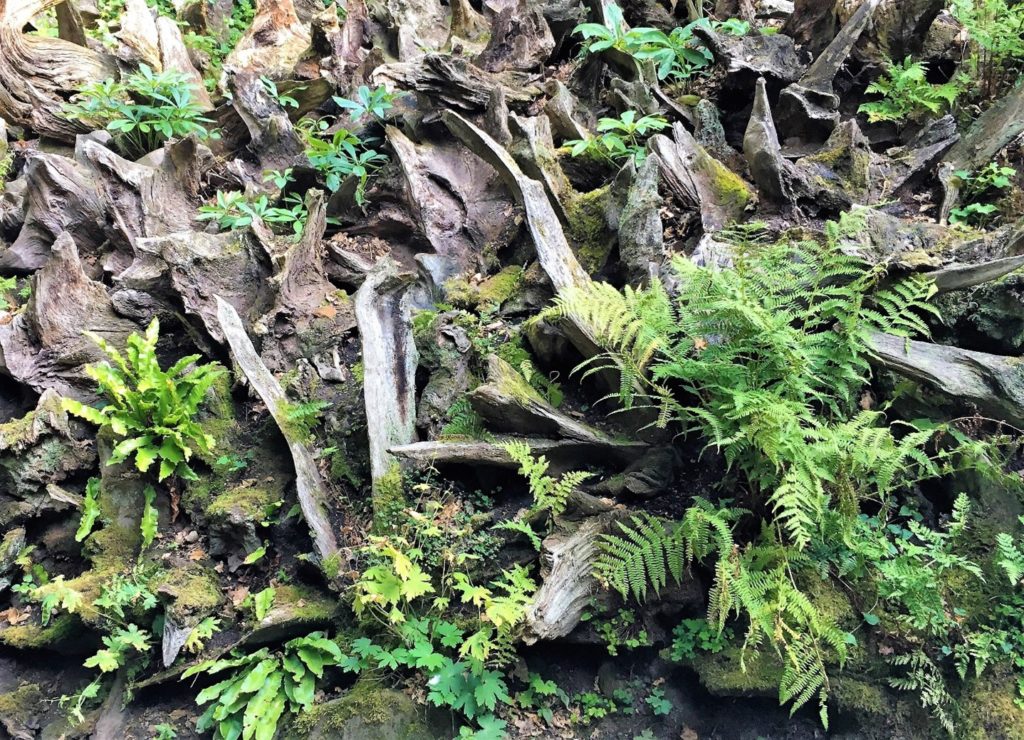
Creating a stumpery
One of the most exciting prospects about designing a stumpery is knowing each one will be unique, as tree species, age and shape of the stumps used will create a different character to each stumpery. Stumps from hardwood tree species are often used, as this type of wood takes the longest to decompose. Decomposition of the wood is inevitable as stumperies age, but this does give cyclical opportunities to rejuvenate the stumpery and existing plant collections. The mood stumperies can evoke varies depending on their positioning, a stumpery concealed in a sunken area will create surprise and delight for the visitor. The atmosphere or mood is also affected by the seasons; the gnarled, angular lines of stumps are at their most prominent in winter, which is when the character of each stump can come into its own. This almost harsh appearance of the stumps is softened in summer, as herbaceous plants come into leaf.
If you think stumperies have a place in our gardens today, why not have a go at creating one of your own and share photos of your stumperies on social media #rbgestumpery
